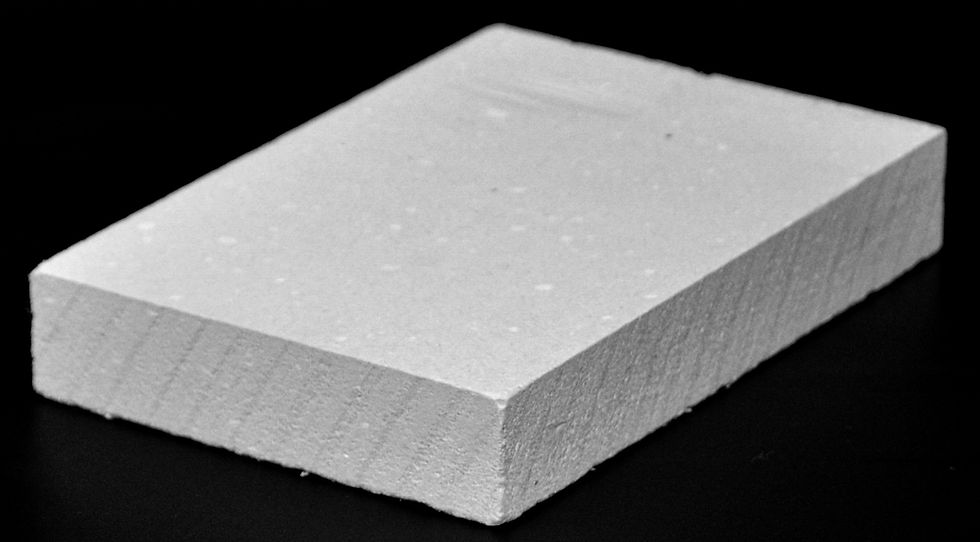Designing a modern house involves embracing contemporary aesthetics, functionality, and sustainability. Modern homes are characterized by their clean lines, open floor plans, large windows, and integration with the natural environment. Here’s an in-depth guide to modern house design:
Key Characteristics of Modern House
1. Simplicity and Minimalism:
• Emphasis on clean, unadorned lines and simple forms.
• Minimalist interiors with a focus on functionality and space efficiency.
2. Open Floor Plans:
• Integration of living, dining, and kitchen areas into a single, open space.
• Promotes social interaction and a sense of spaciousness.
3. Large Windows and Natural Light:
• Extensive use of glass to maximize natural light and views.
• Floor-to-ceiling windows, skylights, and glass doors.
4. Integration with Nature:
• Blurring the line between indoor and outdoor spaces.
• Use of natural materials like wood, stone, and metal.
• Landscaping that complements the architecture.
5. Sustainable Design:
• Energy-efficient systems and appliances.
• Use of sustainable and eco-friendly materials.
• Incorporation of renewable energy sources, such as solar panels.
6. Flat or Low-Sloped Roofs:
• Modern houses often feature flat or gently sloped roofs.
• Rooflines that emphasize horizontal planes and a sleek profile.
Essential Elements of a Modern House
1. Exterior Design:
• Facade: Clean lines, a mix of materials like wood, glass, concrete, and metal.
• Roof: Flat or low-sloped roofs with overhangs for shading.
• Entryway: Simple and inviting with a focus on the front door and surrounding design.
2. Interior Design:
• Living Spaces: Open, airy rooms with flexible layouts.
• Kitchen: Sleek, modern kitchens with minimalist cabinetry, high-end appliances, and often an island or breakfast bar.
• Bathrooms: Spa-like bathrooms with clean lines, frameless glass showers, and freestanding tubs.
• Bedrooms: Simple and uncluttered, often with built-in storage.
3. Materials and Finishes:
• Wood: Natural wood for warmth and texture, often in flooring, cabinetry, and accents.
• Concrete: Polished or raw concrete for floors, walls, and countertops.
• Glass: Extensive use of glass for windows, doors, and partitions.
• Metal: Stainless steel, aluminum, and other metals for accents and structural elements.
4. Color Palette:
• Neutral tones like white, gray, and black dominate.
• Accents of natural wood and occasional bold colors for contrast.
5. Technology Integration:
• Smart home systems for lighting, heating, security, and entertainment.
• Energy-efficient appliances and fixtures.
• Home automation systems controlled via smartphones or voice assistants.
Sustainable Practices in Modern House Design
1. Energy Efficiency:
• High-performance insulation and windows to reduce energy consumption.
• Energy-efficient HVAC systems and appliances.
• LED lighting and energy-saving fixtures.
2. Renewable Energy:
• Solar panels for electricity and water heating.
• Wind turbines and geothermal systems where applicable.
3. Water Conservation:
• Low-flow faucets, showerheads, and toilets.
• Rainwater harvesting systems and graywater recycling.
4. Sustainable Materials:
• Use of recycled, reclaimed, and locally sourced materials.
• Eco-friendly building materials like bamboo, cork, and recycled metal.
5. Indoor Air Quality:
• Ventilation systems that ensure fresh air circulation.
• Use of non-toxic paints, finishes, and materials.
Design Tips for a Modern House
1. Prioritize Functionality:
• Design spaces that serve multiple purposes and adapt to changing needs.
• Ensure that each room has a clear function and is easy to navigate.
2. Maximize Natural Light:
• Position windows to capture the best light and views.
• Use reflective surfaces and light colors to enhance brightness.
3. Create Seamless Indoor-Outdoor Transitions:
• Design patios, decks, and gardens that extend living spaces.
• Use consistent materials and design elements to connect indoor and outdoor areas.
4. Incorporate Smart Technology:
• Plan for smart home integration from the start, including wiring and infrastructure.
• Choose technology that enhances convenience, security, and energy efficiency.
5. Embrace Minimalism:
• Keep decor simple and clutter-free.
• Focus on quality over quantity, selecting a few standout pieces.
6. Use High-Quality Materials:
• Invest in durable, high-quality materials that will stand the test of time.
• Choose finishes that are easy to maintain and clean.
Popular Modern House Styles
1. Mid-Century Modern:
• Features open floor plans, large windows, and integration with nature.
• Emphasizes simplicity and functionality.
2. Minimalist Modern:
• Focuses on simplicity, clean lines, and uncluttered spaces.
• Utilizes a neutral color palette with minimal decor.
3. Industrial Modern:
• Incorporates elements from industrial architecture, such as exposed beams, ductwork, and raw materials.
• Emphasizes open spaces and a utilitarian aesthetic.
4. Scandinavian Modern:
• Combines simplicity and functionality with a cozy, warm aesthetic.
• Uses natural materials, light colors, and a minimalist approach.
5. Contemporary Modern:
• Blends modern design principles with current trends.
• Focuses on sustainability, smart technology, and innovative materials.
Designing a modern house involves balancing aesthetics, functionality, and sustainability. By focusing on clean lines, open spaces, natural light, and eco-friendly practices, you can create a home that is both visually stunning and highly functional. Whether you prefer a minimalist, industrial, or Scandinavian approach, modern house design offers a wide range of options to suit your personal style and lifestyle needs.
Modern House
Please click here to Send Enquiry
Advantages of Prefabricated Modern Houses
Speed of Construction: Significantly faster to build than traditional homes, often completed in a few months.
Cost Savings: Lower labor and material costs due to factory efficiencies.
Sustainability: Efficient use of resources and reduced waste.
Quality and Precision: Controlled factory environment ensures consistent quality and precision.
Flexibility and Customization: Wide range of designs and customization options. Ability to adapt and expand as needs change.






























